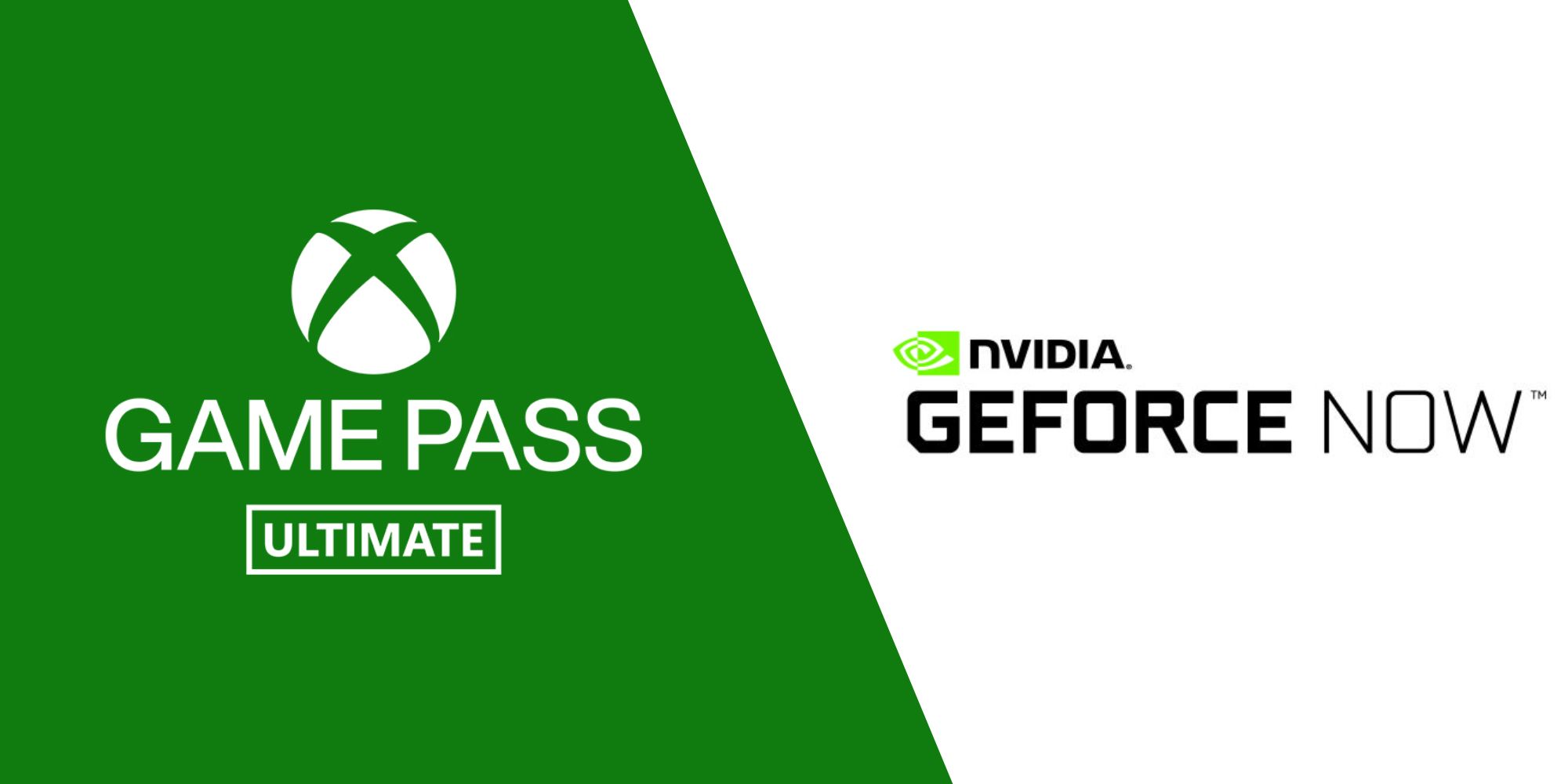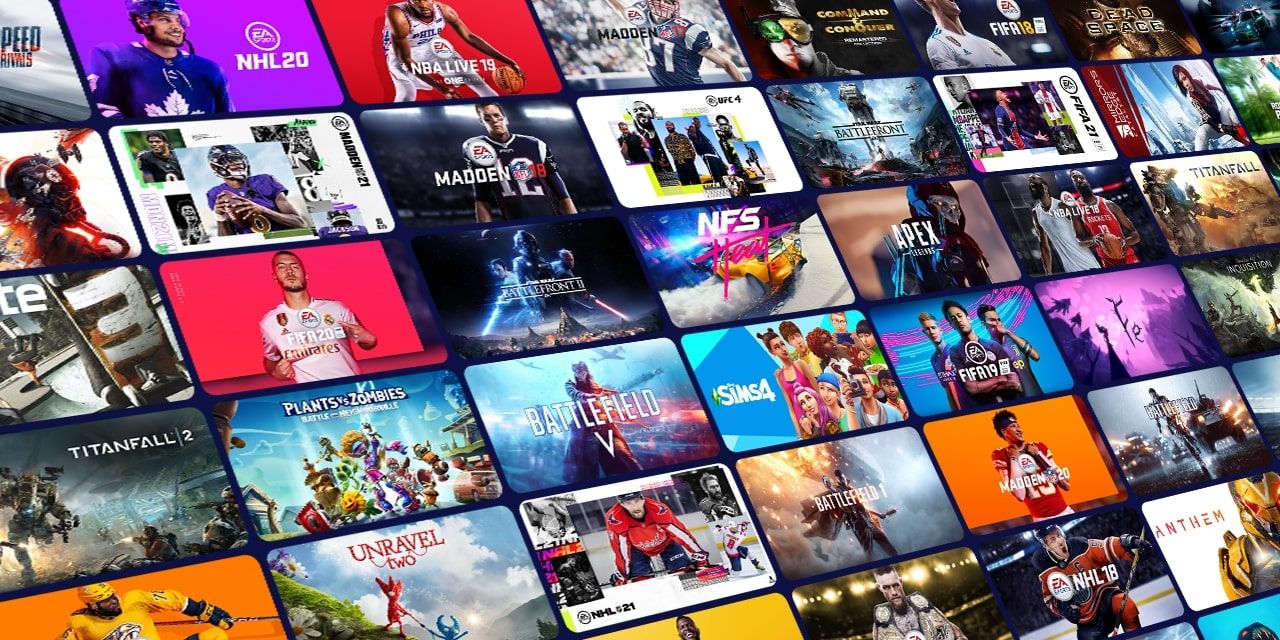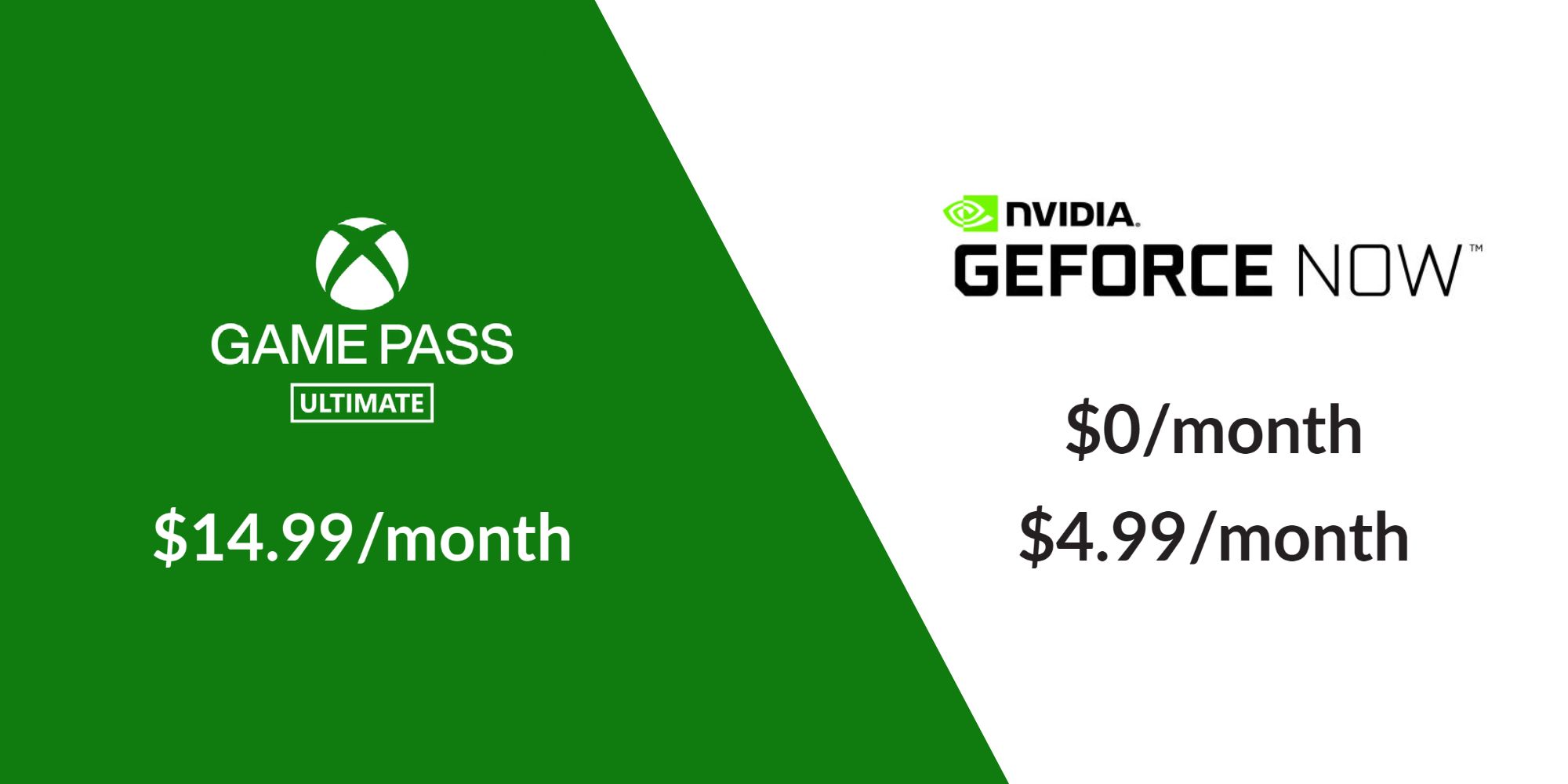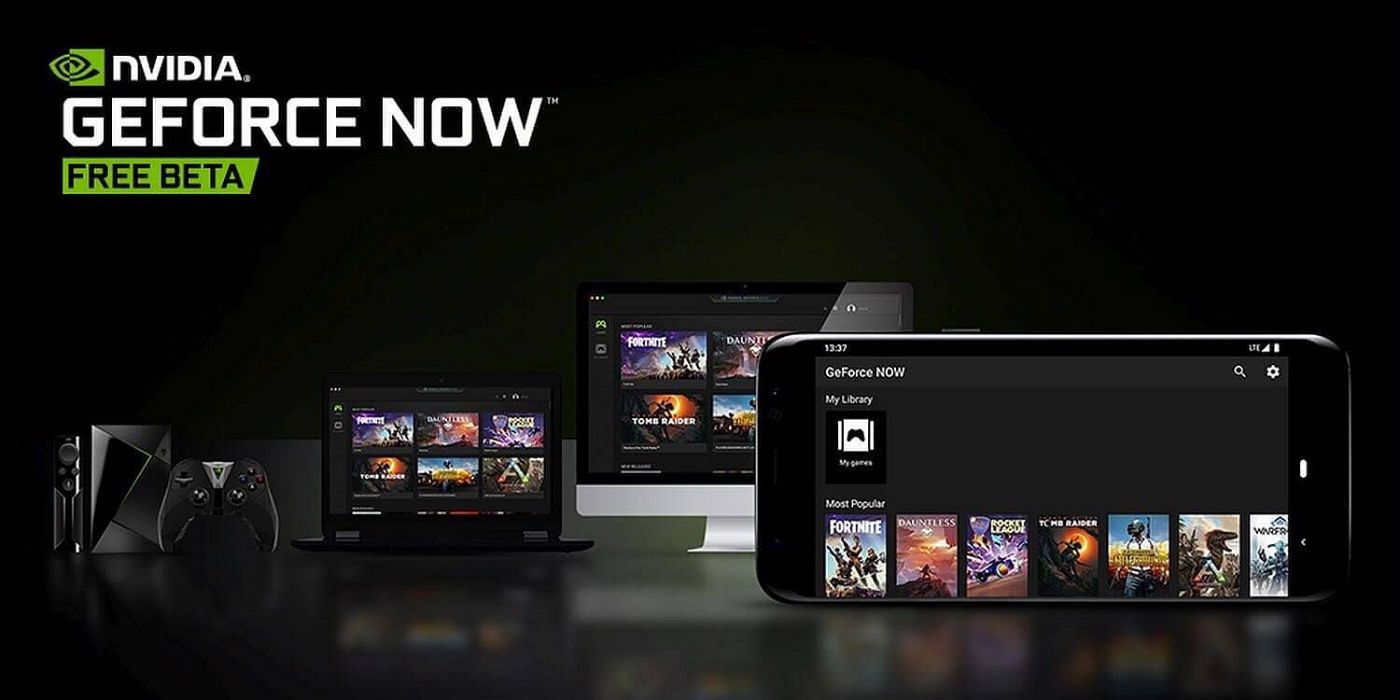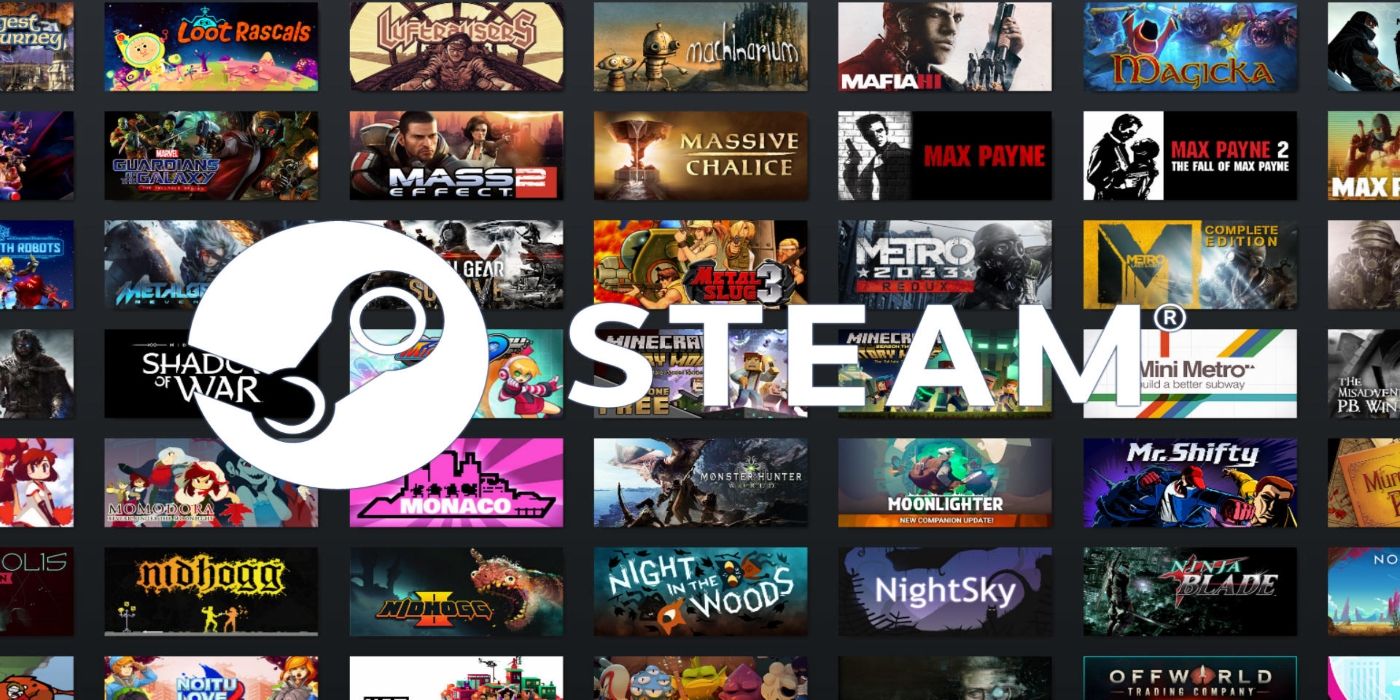The gaming world is evolving each and every day with new technology that occasionally changes the way we game forever. Currently, the world sees itself in the midst of new gaming platforms that aim to reach gamers where they are: on the go. Streaming high-quality, heavily intensive, action-packed gaming experiences to phones and devices so gaming can happen anywhere.
This isn't something new, Playstation has been doing it with PS Now for quite some time, but the avenue has been given a new audience with Google's Stadia and Amazon's Luna. The two tech giants seem to be playing their own game, so to speak, because two gaming veterans have already staked their claim. Xb0x's Game Pass, containing Project xCloud, and Nvidia's GeForce Now are the most complete and most used streaming platforms in this new modern era. But which one is right for whom?
5 Game Selection
The selection of games may have some similarities between the two, but the stores they pull games from are entirely different. Since Project xCloud is included with the massive library of games that is Xbox Game Pass, users can expect to stream all of those titles. This includes upwards of 180+ games that are "cloud-enabled" specifically to stream on Android devices. Gamers can expect Microsoft's first-parties like Halo and the Forza games, but also third-party titles like Rainbow Six Siege and Batman: Arkham Knight. The recent acquisition of Bethesda will most definitely see the inclusion of any new Fallout or Elder Scrolls game into xCloud as well.
GeForce Now offers players a different selection of games from several PC based store-fronts. Games from Steam, Epic, and Uplay are not necessarily included in this service but are playable within it. GeForce Now only plays the games that the user owns unlike Xbox's inclusion of over 100 games. Although, if the player wants to play any of the big free-to-play titles - Destiny 2, League of Legends, Legends of Runeterra, and the like - they can stream them to the service as well. It's also to be noted that while Game Pass offers 180+ games, GeForce Now offers well over 500 different games drawing from all three store-fronts and single launchers.
4 Price Point
As mentioned before, Project xCloud is included exclusively within Xbox Game Pass. The subscription users pay for isn't exactly just for streaming games to their mobile devices. What users mainly pay for when subscribing is the huge library of first and third-party titles that are included in Game Pass. Allowing players access to xCloud is an added bonus that results from Xbox's attempt to bring more games to more players. That being said, the service isn't free and will cost players some cash every month to keep the benefits rolling. Specifically, the benefit of streaming to Android devices only comes with the "Ultimate" version of Game Pass, which costs $14.99 a month and includes access to the library on PC, console, and Android devices along with Xbox Gold.
There is no doubting Game Pass is a good deal, but if streaming is all that interests the user, nothing can beat the low price of free. GeForce Now offers two different price points for their streaming service: $0 for the standard and $4.99 per month. The free version is great but is not without its limitations as it offers only one hour-long streaming sessions and 5-10 minute long wait times (sometimes up to 20 minutes depending on the time of day). The $4.99 Founders membership offers extended game sessions with zero wait times and even offers RTX ray-tracing and AI shading giving a top-quality performance, regardless of the device.
3 Performance
In high internet speed areas, users will have a great time playing most non-intensive games when streaming on Project xCloud. In other places, such as at work or at the laundromat, players will see occasional pixelation and what can be best referred to as lagging from time-to-time. This doesn't render the platform useless by any means, but it's clear there is some room to grow when it comes to a stable streaming session. First-person-shooter games are considerably more tricky to deal with on the service. When the Xbox Series X boasts of its power to hit 120 frames-per-second and with all the marketing around how every frame matters, having an input lag of mere milliseconds can truly hinder the shooter's experience.
When in similar internet speed areas, GeForce performs about the same as Xbox's streaming service. The addition of an actual PC helps considerably when streaming less intensive games, providing a very smooth experience. Users booting up Destiny 2 or other first-person-shooters will see input lag similar to xCloud's, regardless of the internet's speed. Where GeForce shines is in its ability to prioritize visuals over frame-rate, or vice-versa, in order to meet the gamer's needs. Being able to lower the resolution and VSYNC in order to get a smoother experience is something PC gamers are familiar with already, making Now feel right at home.
2 Accessibility
Both streaming services may perform similarly, but how gamers access these services is quite different. Xbox currently only offers streaming to Android devices for users who are subscribed to Game Pass Ultimate. There are rumors that Xbox could release a streaming stick or dongle of sorts that would bring the gaming experiences they offer to an even wider audience of gamers. With the next generation of consoles, there is only more speculation about what Microsoft could do with the technology like streaming a title as users download it or even pushing those boxes past their limits getting extra processing power from the cloud.
This is where GeForce certainly has the upper hand in the current streaming market. GeForce Now can stream to a very wide range of devices including PC, Mac, Nvidia Shield, Chromebook, Google Chrome browser, and Android devices. The Nvidia Shield, which has been out for a few years now, is GeForce's main "console" audience and what Xbox plans on competing with if their streaming stick rumors end up being true. Obviously, no one can disagree that GeForce has the biggest range of devices available for streaming, but what gamers will play on those devices truly determines which streaming service is right for them.
1 Integration
If gamers are playing solely on Xbox or within Xbox's presence on PC, then xCloud's integration will be of no great importance. Anything played within Project xCloud will carry over to console or PC through cross-saving technology. Game progress first played on console or PC will carry over when gamers boot it up on their phones. However, it should be noted that only games within Game Pass can be played on xCloud. There are no current ways to stream your owned games to your mobile device from within the Xbox ecosystem.
As mentioned before, GeForce pulls games from a wide selection of stores and accounts. All the major storefronts like Steam, Epic, and Uplay are present on the platform along with a few other individual launchers like League of Legends. Gamers sign into the given platform of the game they wish to play in order to prove they own the title, but also to carry over all the save data they have on their rig back home. Once back home, users will have to download a little patch in order to bring their "hard copy" up to speed with their streamed game time.

